Litter includes COVID-19 personal protective equipment
We’ve been hearing from many community members who are concerned about increasing amounts of litter along local beaches, at parks, and spilling out of trashcans all around the bay. A lot of the items people report finding are plastic food containers.
This makes sense in a way, since most restaurants are currently operating on a takeout-only basis and/or using disposable containers to keep things as germ free as possible. There are simply more of these containers around than there were a few months ago. We’ve also started to see personal protective equipment including gloves and disposable masks landing on the ground. These are items that many of us are not used to dealing with on a regular basis. They are also lightweight and prone to blowing around on the afternoon wind when they end up in an overfull trashcan or directly on the ground.
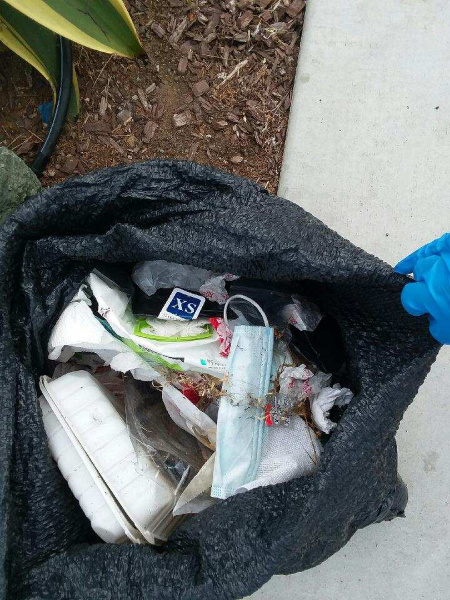
We’re all dealing with a lot right now. Sometimes, we need a break. We might be tempted to give ourselves some slack by putting our trash in a nearby can that looks just a little overfull, instead of packing it out or trekking to a less-full trashcan across the street.
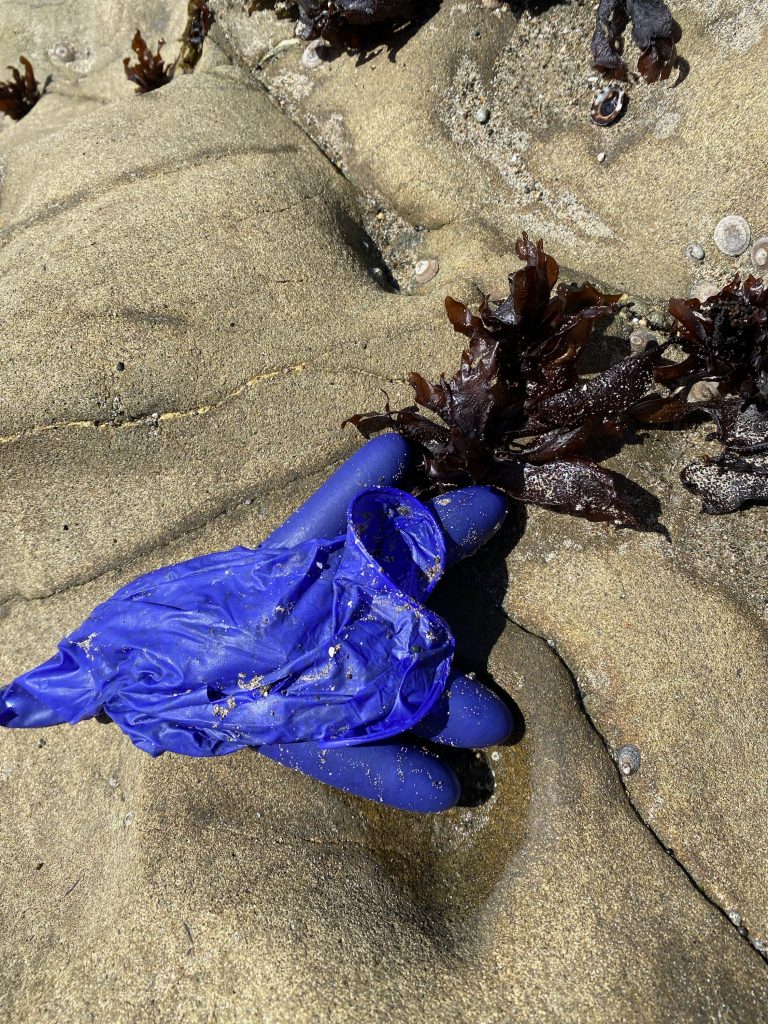 Personal protective equipment is starting to show up as litter on our beaches. We can take steps to stop this.
Personal protective equipment is starting to show up as litter on our beaches. We can take steps to stop this.
This is completely understandable. But, when the wind starts to blow hard and picks up that mask, or a gull pulls that takeout container off the top of the trash pile, looking for scraps, these choices have real consequences.
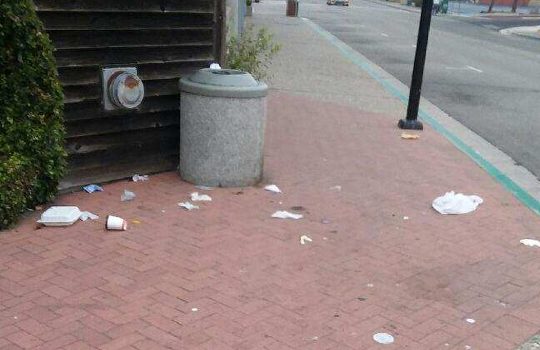
Litter harms people and wildlife
Litter poses health concerns for people, wildlife, water quality in the bay, and the ocean beyond the harbor mouth. When plastics make their way into the water, they end up in the marine food chain. Some animals eat large pieces of plastic. Sea turtles, for example, have been known to ingest plastic bags, which look like jellyfish as they float in the current below the surface.
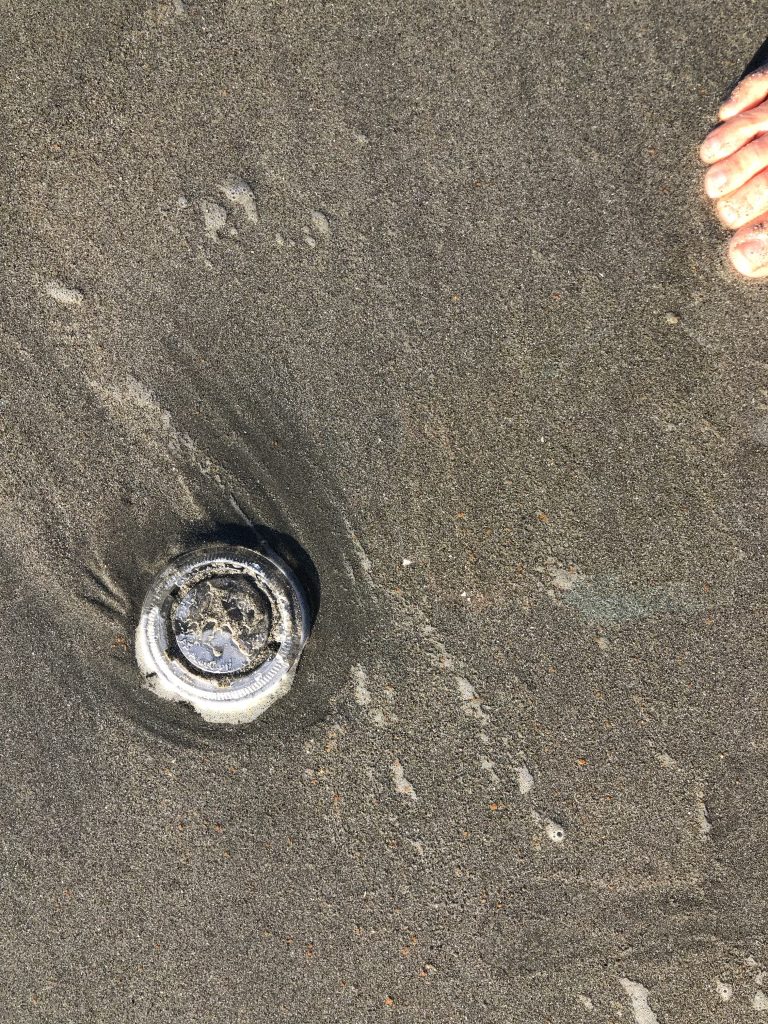
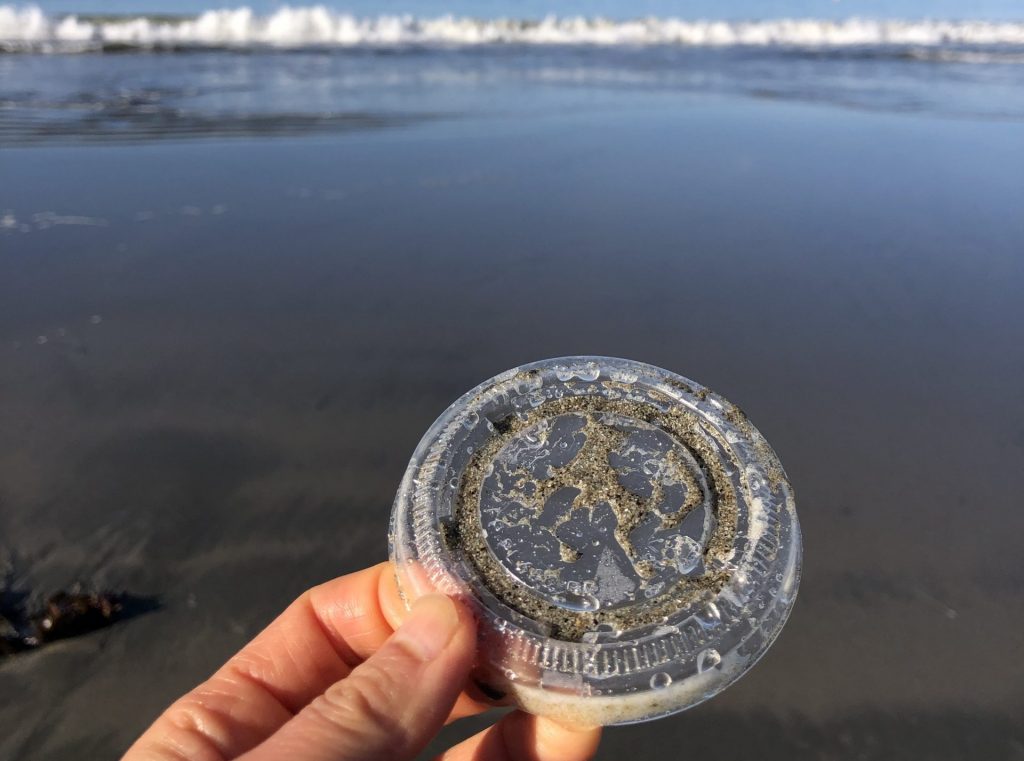
Smaller pieces of plastic and microplastics, plastic pieces 5 mm and smaller, have shown up in fish, shellfish, and other marine animals sampled by scientists. As they continue to break down in seawater, plastics become more toxic. (Learn more about the harmful effects of microbeads in this blog post.)
Recent studies have shown that microplastics are also prevalent on land, making their way into our soils through bits of plastic left in our green bins, through treated wastewater that contains plastic clothing particles, and even coming straight from our taps into our drinking glasses and watering cans.
Help solve the problem
Litter is a big problem, but each of us can do something to help.
- If you need to throw out trash while you’re walking down the street or at the beach, please make the extra effort to find a can that isn’t overfull. This will ensure that your trash stays in the can, where it belongs.
- Bring a bag with you on walks and beach trips so that you can pack your trash out and dispose of it at home. This can also help keep you safe from germs, since you won’t have to approach or touch a germy trashcan in a crowded area.
- Try to avoid using plastic items. This can be harder than normal right now, since many stores have put restrictions on the use of reusable bags and utensils due to COVID-19 health precautions.
- If you have to use a new plastic item, reuse it as many times as you can before throwing it out.
- Pick up trash that you see when you’re out for some exercise. You can think of picking up just one piece of larger plastic trash, let’s say a 1-liter bottle, as picking up thousands of pieces of future microplastic. If you do pick up trash, take the precautions recommended by the CDC to protect against COVID-19, such as wearing gloves and a mask.
If you do your own cleanup, please use our digital trash tracker form to record what you find!